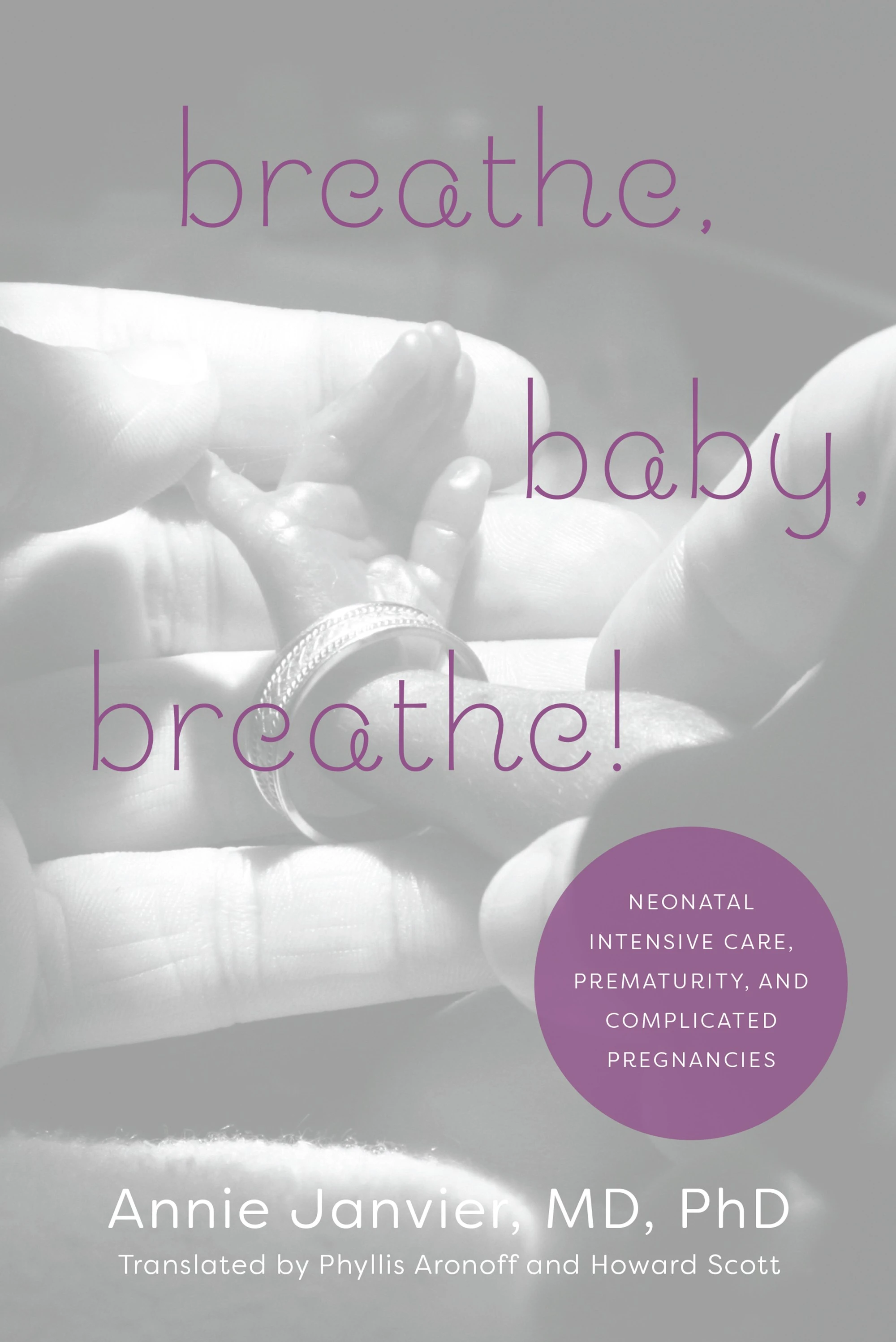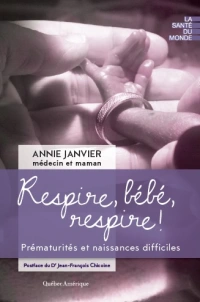Mark Underwood has been very active in the investigations of probiotics and their effects on the neonatal bowel. His new publication is a fascinating exploration of what happens in a rat model of NEC when they receive bifidobacterium infantis, also known as bifidobacterium longum subspecies infantis. (I don’t pretend to understand how bacteriologists decide if 2 strains are the same species or subspecies, it all seems somewhat arcane to me; I sort of get Gram stains but after that…).
One of the first good things about this study is the opening line of the abstract ‘
Probiotics decrease the risk of necrotising enterocolitis
No ifs, ands, or buts; I like it.
The introduction is a brief resumé of the lines of evidence in animal models regarding the efficacy of probiotics for prevention of NEC.
The most promising preventative approaches to date include provision of human milk and probiotics (4,5). The observations that many Enterobacteriaceae out-compete commensal organisms in the inflamed intestine by utilizing an alternative respiratory pathway (6), together with the recent descriptions of a bloom of Enterobacteriaceae associated with NEC (7) shed new light on a possible central role of the intestinal microbiota in this disease.
The neonatal rat model of NEC is an invaluable experimental tool for examining the pathogenesis of NEC and potential mechanisms of protection (8,9,10). The strength of this model is its inclusion of stressors and enteral feeding, both of which are factors associated with human NEC. In the rat model, the stressors include separation from the dam, tube feeding, hypoxia, hypothermia, and enteral nourishment with bovine-based rat milk substitute (11).
Previous studies with this model have demonstrated a protective effect of probiotic Bifidobacterium bifidum with decreased NEC, decreased apoptosis, and decreased inflammation (8,9,10). Mouse and piglet studies have demonstrated alterations of the intestinal microbiota in NEC (12,13)
The references are all listed at the end of this post for those interested.
These investigators studied 3 groups of neonatal rats. They either got donor breast milk (that is they were fed by surrogate rat mummies) or they received artificial formula, or they received artificial formula and probiotics. The animals in the 3 groups were exposed to asphyxia and cold stress, 1 minute of breathing 100% nitrogen and 10 minutes of being put in the fridge (at 4 degrees). None of the breast-milk fed baby ratlings developed NEC, but 80% of the formula fed ones did. Giving B. infantis decreased this to about 36%. There was a decreased expression of a number of pro-inflammatory mediators in their intestines and less histologic injury also. Interestingly they weren’t able to find a lot of bifidobacteria in the caecum of the animals, or to note any consistent difference in the microbiomes between those which got bifidos and those which did not.
Apart from the demonstration of gut protection and NEC prevention and reduced inflammation with probiotics, this study also illustrates what we don’t yet understand about probiotics. In our work, which we haven’t yet finished analyzing to publish, in preterm babies who all received probiotics, only a tiny proportion of fecal organisms were the probiotics. Nevertheless they have clinical effects. Work like this new study will help us to understand, and eventually to select the most promising organisms for future clinical trials.
. Human milk for the premature infant. Pediatr Clin North Am2013;60:189–207.
, , , . Updated meta-analysis of probiotics for preventing necrotizing enterocolitis in preterm neonates. Pediatrics 2010;125:921–30.
, , , et al. Host-derived nitrate boosts growth of E. coli in the inflamed gut. Science 2013;339:708–11.
, , , et al. Fecal microbiota in premature infants prior to necrotizing enterocolitis. PLoS One 2011;6:e20647.
, , , et al. Bifidobacterium bifidum improves intestinal integrity in a rat model of necrotizing enterocolitis. Am J Physiol Gastrointest Liver Physiol2009;297:G940–9.
, , , , , . Bifidobacterium bifidum reduces apoptosis in the intestinal epithelium in necrotizing enterocolitis. Am J Physiol Gastrointest Liver Physiol 2010;299:G1118–27.
, , , et al. Bifidobacterium bifidum in a rat model of necrotizing enterocolitis: antimicrobial peptide and protein responses. Pediatr Res2012;71:546–51.
, , , , , . Helicobacter hepaticus increases intestinal injury in a rat model of necrotizing enterocolitis. Am J Physiol Gastrointest Liver Physiol 2013;305:G585–92.
, , , , . Gram negative bacteria are associated with the early stages of necrotizing enterocolitis. PLoS One 2011;6:e18084.
, , , et al. Acute necrotizing enterocolitis of preterm piglets is characterized by dysbiosis of ileal mucosa-associated bacteria. Gut Microbes 2011;2:234–43.








